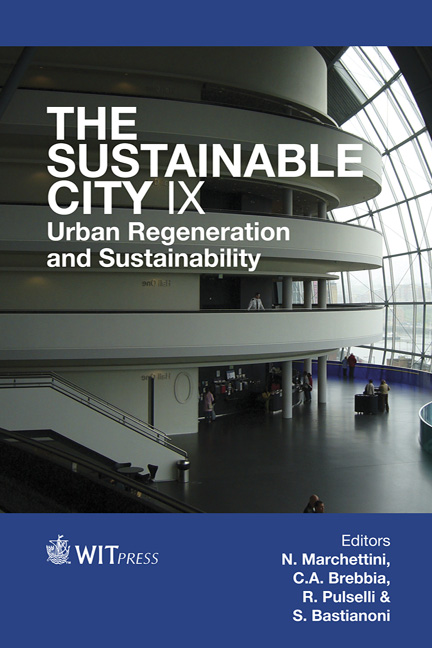Measuring Neighbourhood Sustainability: A New Zealand Example
Price
Free (open access)
Transaction
Volume
191
Pages
12
Page Range
1637 - 1648
Published
2014
Size
304 kb
Paper DOI
10.2495/SC141392
Copyright
WIT Press
Author(s)
K. Lietz, D. Bijoux
Abstract
Hobsonville Point is New Zealand’s largest urban development. Located in Auckland, New Zealand’s largest city, it includes 3000 new homes, two new schools, shops, community facilities, parks and walkways, a waterfront precinct and a new ferry into downtown Auckland. 20% of homes are sold at a more affordable price point and the development is delivered through public private partnership. Founded on a strong sustainability vision the development is underpinned by a sustainable development framework, with performance indicators, developed in 2007. Six years on the first stage of development is complete and residents have moved in. To begin to assess the performance of this first neighbourhood, the developer, Hobsonville Land Company, teamed up with independent researchers, Beacon Pathway, to undertake a comprehensive sustainability assessment. This assessment used the Neighbourhood Sustainability Framework and associated tools developed by Beacon Pathway. The approach combines an observational assessment of the built environment with a resident survey that explores how residents experience their neighbourhood. Data on energy and water consumption were also sourced. Very positive results were recorded, with particular strengths in walking access to every day facilities, protection and enhancement of the natural environment, dwelling sustainability, quality of space and the design of the street network. 98.5% agreed that Hobsonville Point is a great place to live and indicators of neighbourliness, perceptions of safety and the sense of community are higher than those in wider Auckland. Water use and electricity use are significantly lower than the Auckland average making Hobsonville Point houses around 25% cheaper to run. Areas for improvement identified focus on transport and local facilities related opportunities. Our paper discusses the assessment methodology, the features of Hobsonville Point that have contributed to the positive results and how these results are now being used by the Hobsonville Land Company.
Keywords
urban development, sustainability, New Zealand, sustainable neighbourhood, sustainable development, sustainable development framework, assessment tool, Hobsonville Point, Beacon Pathway





